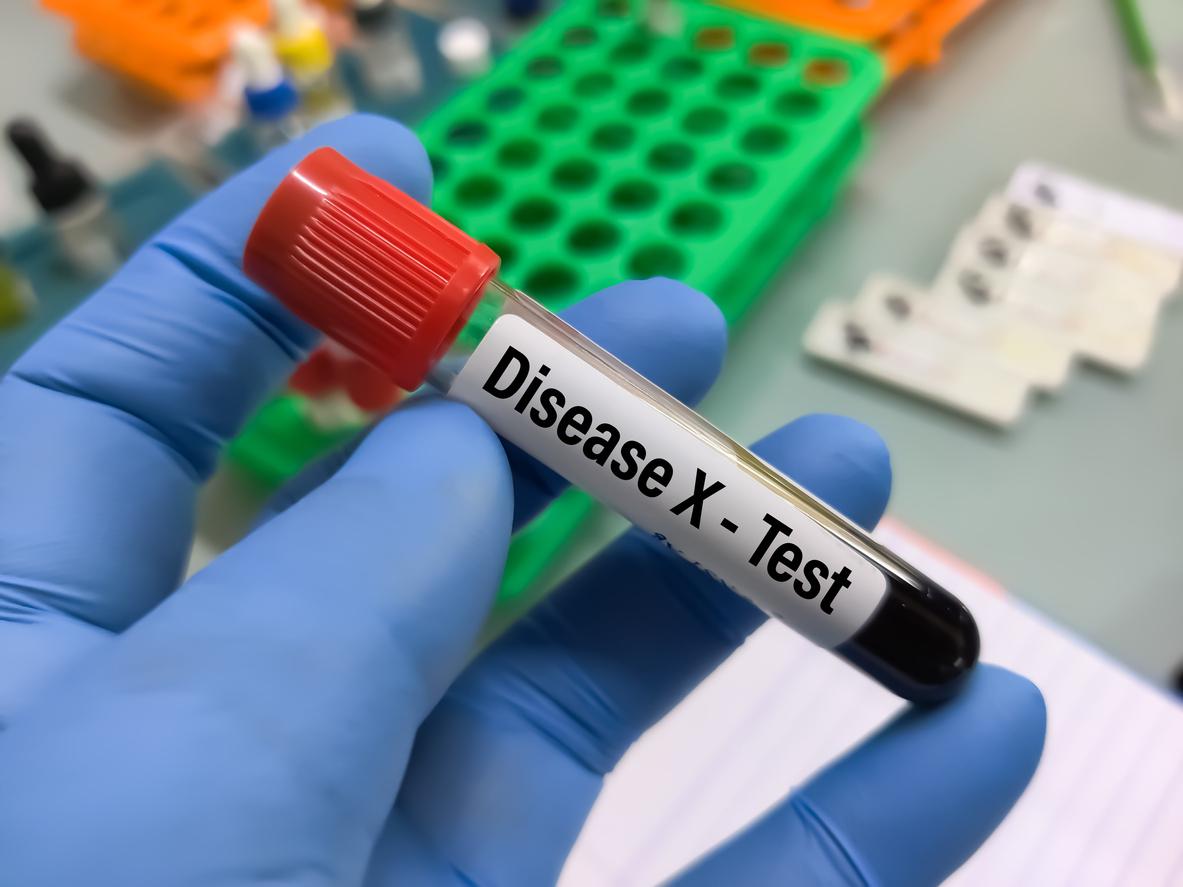Four months after the implementation of the national plan to combat Lyme disease and diseases transmitted by ticks, the Ministry of Health and Social Affairs unveils new measures and “notes the progress of the work undertaken”. The press release from the ministry thus specifies that Santé Publique France has developed actions “aiming to better estimate the reality of the incidence of Lyme disease through various surveillance methods, relying in particular on the Sentinelles network”.
At the end of September 2016, the plan notably provided for the installation by the National Forestry Office of information panels for walkers at the entrance to the forests, which is part of the desire to inform the public and health professionals . A leaflet dealing with prevention measures will be distributed from March 2017. Concerning surveillance, an application for citizen reporting of the presence of ticks and bites is planned.
Diagnosis and research: the priorities of the national plan
The national plan has also tackled the task of diagnosing and treating the disease, far from achieving unanimity among health institutions and professionals. With this in mind, the latter will benefit from diagnostic training. The National Agency for the Safety of Medicines and Health Products (ANSM) will also publish a report in the first quarter of 2017 aimed at “highlighting the quality of diagnostic test instructions”. In addition, the High Authority for Health is due to present its work on the national diagnostic and treatment protocol in July.
The plan also included support for research. It will materialize in the form of the “OH! TICKS” intended to know all the pathogens transmitted to humans by ticks, and managed by INRA (National Institute for Agronomic Research).
Also to read
Bitten by a tick: what are your risks?
Lyme disease: how to protect yourself
Lyme disease: a map to geolocate areas at risk of tick bites


















